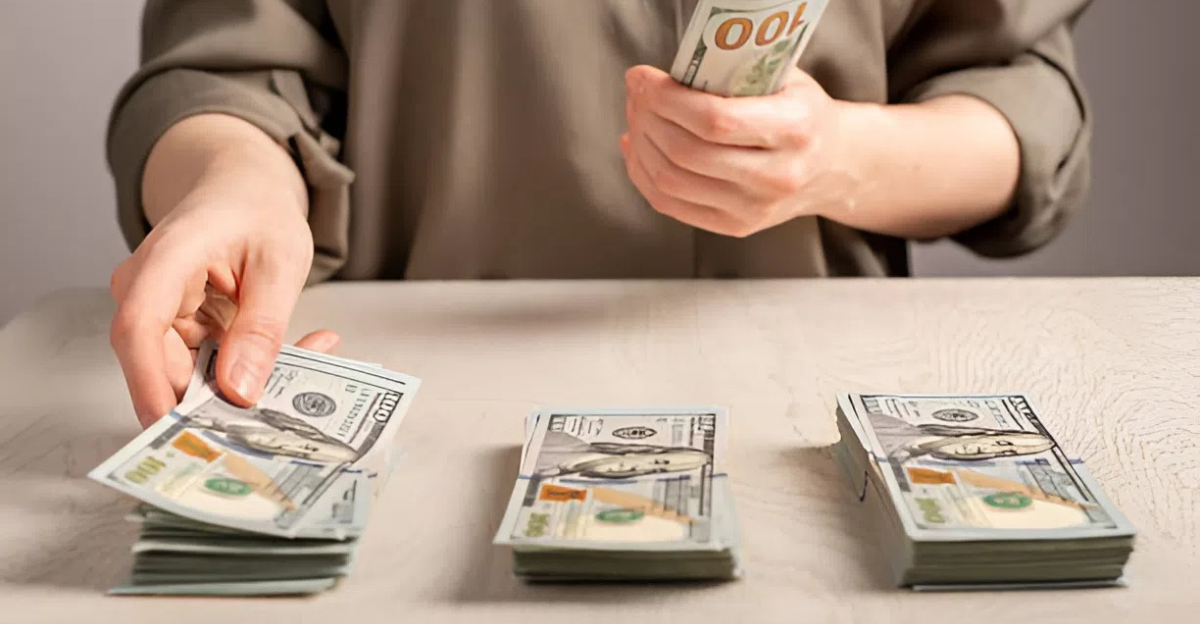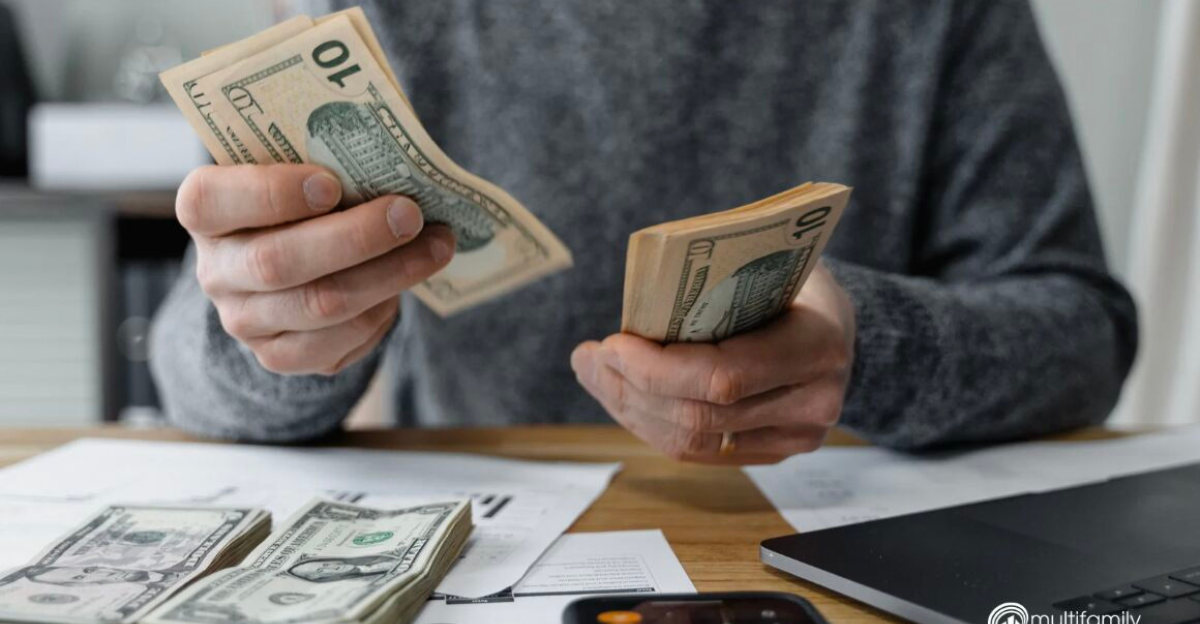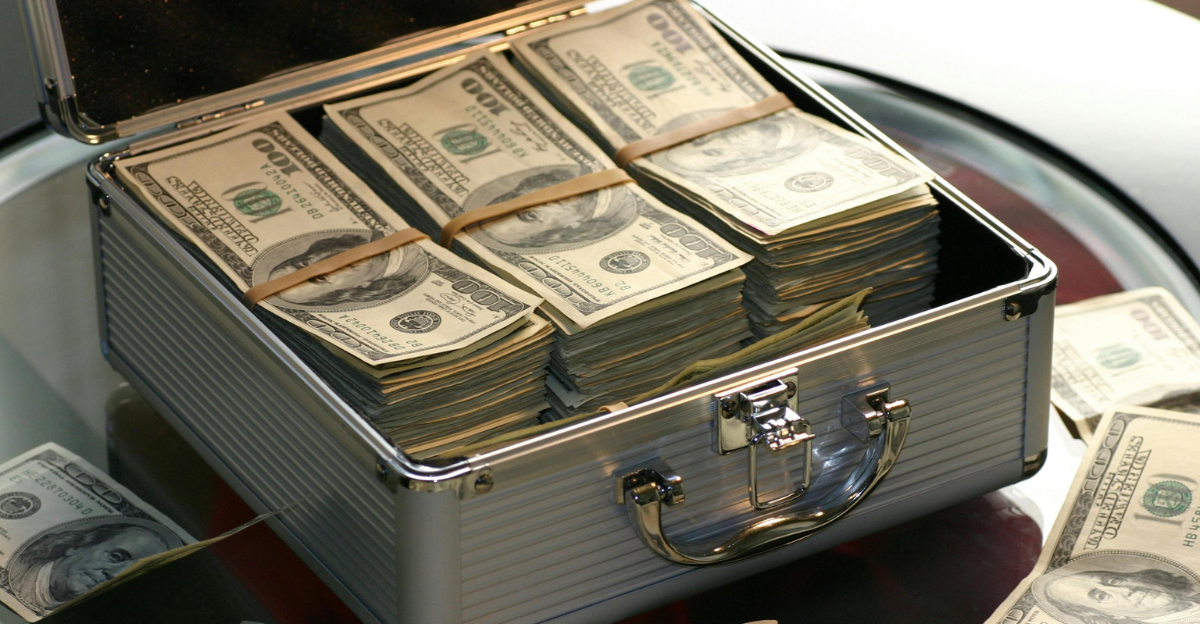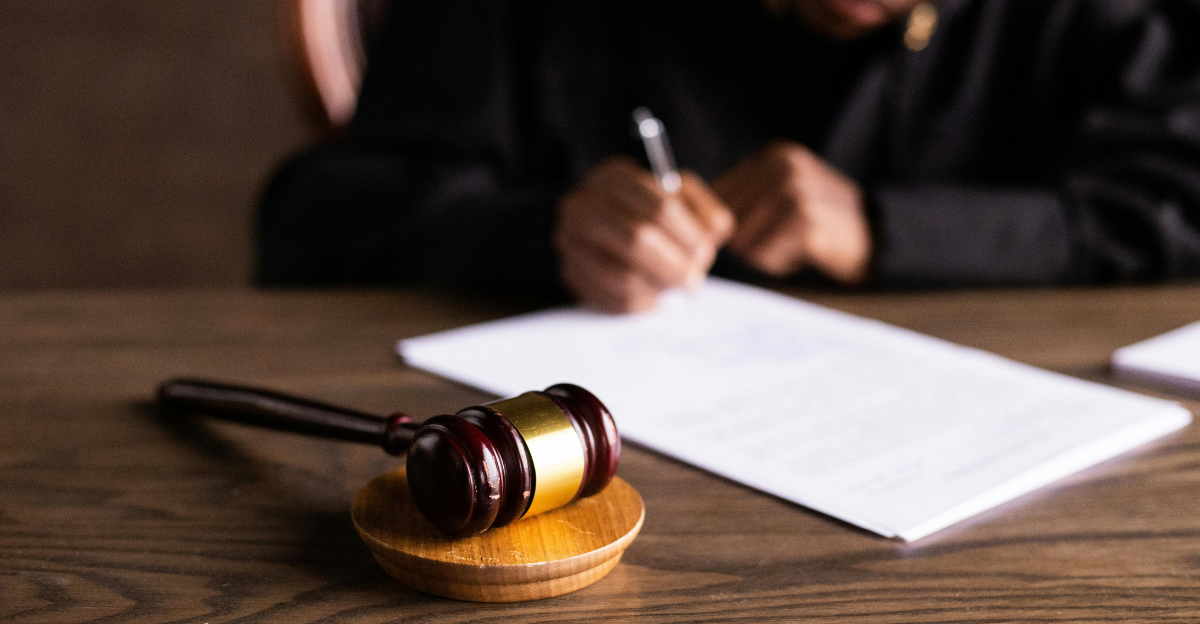
What if every dollar in the U.S. was split equally among everyone, no billionaires, no poverty, just an even share? It may be the most ideal thing to happen. But we’re talking about a country that is extremely wealthy and is home to some of the richest people and largest corporations in the world. Still, the majority of Americans do not see an equal portion of the pie. We’ll look at the actual amount of money in the United States, who currently controls it, and what it would look like if everyone received an equal share. Get ready for some surprising numbers and a look into why the gap between rich and poor keeps getting wider.
How Much Money Is Actually in America?

America has an incredible amount of wealth: about $169 trillion in total investments (homes, stocks, and businesses) minus debts. But when we talk about actual “money,” it depends on the meaning. Physical cash plus checking accounts makes up around $18.80 trillion, while adding savings accounts brings it to about $22.02 trillion. For some context, America’s whole economic earnings (GDP) are projected at $30.5 trillion in 2025. These immense numbers show just how much wealth exists in the U.S. economy, though it’s split very unevenly among the population.
Cash vs. Total Wealth

Most of America’s wealth isn’t actually cash, with its tangible money only about $5.75 trillion. The real wealth is in homes, stocks, retirement accounts, and businesses. When experts discuss “money,” they usually mean “net worth,” meaning what you own minus what you owe. But here’s the shocking part: the bottom half of all American households combined only holds about $4 trillion in total wealth. This indicates that even though America has a huge amount of wealth overall, the ultra-wealthy own the majority of assets, such as stocks and real estate, while the ordinary families have almost nothing.
What If Everyone Got an Equal Share?

If America’s $169.30 trillion wealth were equally divided among 347 million American, every person would receive around $495,000. Splitting actual cash and checking account money would yield less, but it’s still a pretty sizeable amount. These big numbers hide the real story: a tiny group of ultra-wealthy people control most of it, while many Americans have little to no savings. The math simply shows how enormous the wealth gap has become, with most families having far less than these presumed “equal share” amounts would suggest.
Where Does All the Wealth Really Go?

America’s wealth is mostly held by very few people at the top. The richest 1% (about 1.3 million families) control one-third of all wealth, which is a total of $49 trillion. What’s even more shocking is the wealthiest half of Americans own 98% of everything, while the bottom half only has 2%. Some billionaires have doubled or tripled their money recently, but most regular Americans haven’t gained much wealth at all. This shows how extremely unequal things are…it’s like a huge financial pie where a tiny group gets almost all the slices while everyone else shares just the crumbs.
The Growing Gap Between Rich and Poor

America has one of the biggest wealth gaps among developed countries. With an average of $8.1 million per family, the wealthiest 10% own 67% of all wealth. And at an average of only $60,000 per family, the poorest half own only 2.5% of the nation’s wealth. Even within the nation, there are severe gaps, with some regions seven times wealthier than others. The fact that rich people’s money grows at a significantly faster rate than that of the rest is making the problem even worse. With this, middle-class and poor families continue to stay behind while the people at the top continue to get more and more wealthy.
Why Don’t Most Americans Feel Wealthy?

Even though America has trillions of dollars, most people don’t feel rich at all. Many people think that $2.3 million is needed to be really wealthy. The issue is that, although average wealth appears to be high on paper, typical families are faced with serious debt, expensive housing, and healthcare bills that are constantly exceeding their incomes. It’s also difficult for families to make ends meet because housing prices, in particular, have gone up faster than wages. So even with all of the American wealth, the majority of Americans still suffer financial stress.
What Would It Take to Close the Gap?

Fixing America’s wealth gap isn’t about just giving people money…it demands changing how wealth gets created and shared. Possible solutions consist of raising the minimum wage, making education and healthcare accessible for everyone, and having rich people pay higher taxes. Even though $83 trillion will pass from older to younger generations, this might not reduce inequality without bigger changes. Countries with less inequality usually have stronger safety nets and tax wealthy people more, showing that government policies matter a lot, but making these big shifts in America faces huge political and economic obstacles that make progress difficult.
The Hidden Forces Behind Inequality

America’s wealth gap comes from many complicated reasons, not just who has cash. Key factors involve differences in education and job skills, how much money investments make, tax rules that help rich people, and which companies make the most profit. Technology changes, big corporations growing, and fewer unions have made it harder for regular workers to save money. Old unfair policies about race, housing, and wages still affect who gets ahead today. For example, in 2022, typical white families had $284,310, while Black families had $44,100 and Hispanic families had $62,120. All these factors work together to keep wealth concentrated at the top.
Why “Fairness vs. Fantasy” Matters

People make different choices and have different skills, and the economy works in complicated ways that make that simple equality impossible to achieve. While the idea of giving everyone in America equal wealth sounds nice, it’s just a thought experiment, not even a real plan. If money were split equally right now, some would probably become richer or poorer again in just months or years, because making such an abrupt change could crash the economy, causing prices to shoot up and creating chaos for all. Perhaps imagining perfect equality helps us think about fairness and opportunity; real life is much more complicated than a simple thousand-dollar check.